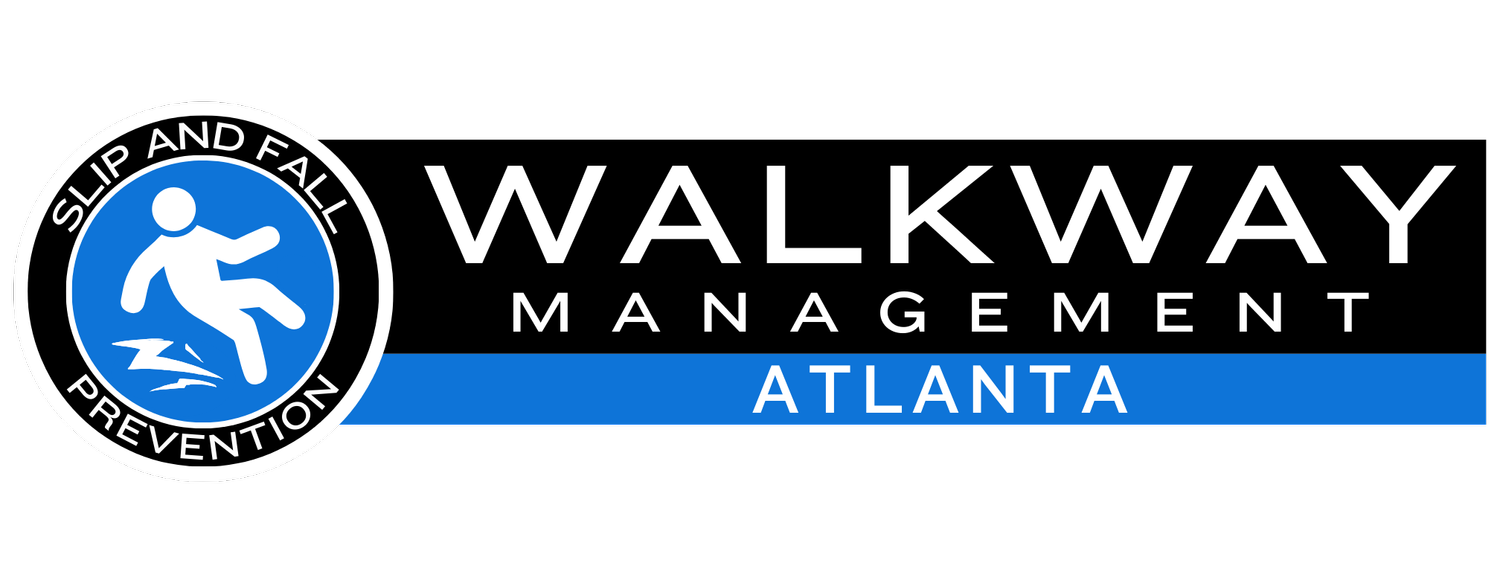Measuring the Coefficient of Friction
ANSI A326.3 STANDARD FOR TESTING HARD SURFACES
After 20 years, the tile industry’s way of measuring, reporting and interpreting coefficient of friction (COF) has completely changed. And it’s a big change from the way the measurement is made to the way the results are reported and interpreted. The current standard, ANSI/TCNA A326.3, Standard Test Method for Measuring Dynamic Coefficient of Friction of Hard Surface Materials, offers a more dynamic test method with the option to conduct a dry or wet test in the lab or in the field regardless of conditions.
At Walkway Management South Florida, we are proud that our state-of- the-art BOT-3000E is the only tribometer named by the ANSI/TCNA to comply with the standard, A326.3, set in 2022.
Here are some Frequently Asked Questions regarding the updated ANSI A326.3-21 Standard.
Because of this standard, auditors using the BOT-3000E can significantly improve floor safety and prevent slips and falls along with having the correct documentation to lower risk exposure and demonstrate compliance to the standard in a court of law.
FLORIDA ACCESSIBILITY CODE FOR BUILDING CONSTRUCTION
According to Florida’s Building Code Sec 1003.4
“Walking surfaces of the means of egress shall have a slip resistant surface and be securely attached.”
An accessible means of egress, as defined by the IBC, is a “continuous and unobstructed way of egress travel from any point in a building or facility that provides an accessible route to an area of refuge, a horizontal exit, or a public way.”
INTERNATIONAL SWIMMING POOL & SPA CODE (ISPSC)
CHAPTER 3 - GENERAL COMPLIANCE
306.2 Slip resistant. Decks, ramps, coping, and similar step surfaces shall be slip
resistant and cleanable. Special features in or on decks such as markers, brand
insignias, and similar materials shall be slip resistant.324.2 Requirements. The equipment area or room floor shall be of concrete or
other suitable material having a smooth slip-resistant finish and have positive
drainage, including a sump drain pump, if necessary. Floors shall have a slope
toward the floor drain or sump drain pump adequate to prevent standing water at all
times. The opening to the equipment room or area shall be designed to provide
access for all anticipated equipment. At least one hose bibb with backflow
preventer shall be located in the equipment room or be accessible within an
adequate distance of the equipment room so that a hose can service the entire
room.
CHAPTER 4 - PUBLIC SWIMMING POOLS
402.4 Slip resistance. Diving equipment shall have slip-resistant walking surfaces.
406.5 Deck covering. Walking surfaces of decks within 4 feet (1219 mm) of a pool
or spa shall be slip resistant406.8.3 Tread surface. Diving equipment shall have slip-resistant tread surfaces.
409.2.6 Horizontal markers. Horizontal depth markers shall be slip resistant.
411.1.6 Treads. Treads shall have slip-resistant surfaces.
411.2.5 Outlined edges. The leading horizontal and vertical edges of stair treads
shall be outlined with slip-resistant contrasting tile or other permanent marking of
not less than 1 inch (25.4 mm) and not greater than 2 inches (50.8 mm)
CHAPTER 5 - PUBLIC SPAS AND PUBLIC EXERCISE SPAS
509.3.4 Slip resistant. Depth markers in or on the deck surfaces shall be slip
resistant.
CHAPTER 6 - AQUATIC RECREATION FACILITIES
610.4.4 Slip-resistant surfaces. Beach and sloping entry walking surfaces at water
depths up to 36 inches ( 914 mm) shall be slip resistant.610.7.6 Slip resistant. The top surface of benches shall be slip resistant.
612.4.1 Surface. Splash pad zone surfaces shall have a slip-resistant and
cleanable surface. The manufacturer of manufactured zone surfaces shall certify that
such surfacing is suitable for aquatic and chlorinated environments. Direct suction
outlets from interactive water play features shall be prohibited.
CHAPTER 7 - ONGROUND STORABLE RESIDENTIAL SWIMMING POOLS
702.2.2 Platform. Where an A-frame ladder has a platform between the handrails,
the platform shall have a width of not less than 12 inches (305 mm) and a length of
not less than 12 inches (305 mm). The platform shall be at or above the highest
ladder tread. The walking surface of the platform shall be slip resistant.703.5 Slip resistant. The deck walking surface shall be slip resistant.
CHAPTER 8 - DIVING EQUIPMENT
808.5 Slip resistant. Diving equipment shall have slip-resistant walking surfaces.
INTERNATIONAL BUILDING CODE
CHAPTER 10 - MEANS OF EGRESS
1003.4 Slip-resistant surface. Circulation paths of the means of egress shall have
a slip-resistant surface and be securely attached.1012.7.1 Ramp surface. The surface of ramps shall be of slip-resistant materials
that are securely attached.1030.12.1 Walking surface. The surface of aisles, stepped aisles and ramped
aisles shall be of slip-resistant materials that are securely attached. The surface for
stepped aisles shall comply with Section 1011.7.1.
OSHA - 1910 SUBPART D | WALKING-WORKING SURFACES
Surface Conditions
The employer must ensure:
All places of employment, passageways, storerooms, service rooms, and walking-working surfaces are kept in a clean, orderly, and sanitary condition.
The floor of each workroom is maintained in a clean and, to the extent feasible, in a dry condition.
When wet processes are used, drainage must be maintained and, to the extent feasible, dry standing places, such as false floors, platforms, and mats
must be provided.
Walking-working surfaces are maintained free of hazards such as sharp or protruding objects, loose boards, corrosion, leaks, spills, snow, and ice.
Access and Egress
The employer must provide, and ensure each employee uses, a safe means of access and egress to and from walking-working surfaces.
Inspection, maintenance, and repair
The employer must ensure:
Walking-working surfaces are inspected, regularly and as necessary, and maintained in a safe condition;
Hazardous conditions on walking-working surfaces are corrected or repaired before an employee uses the walking-working surface again.If the correction or repair cannot be made immediately, the hazard must be guarded to prevent employees from using the walking-working surface until the hazard is corrected or repaired.



